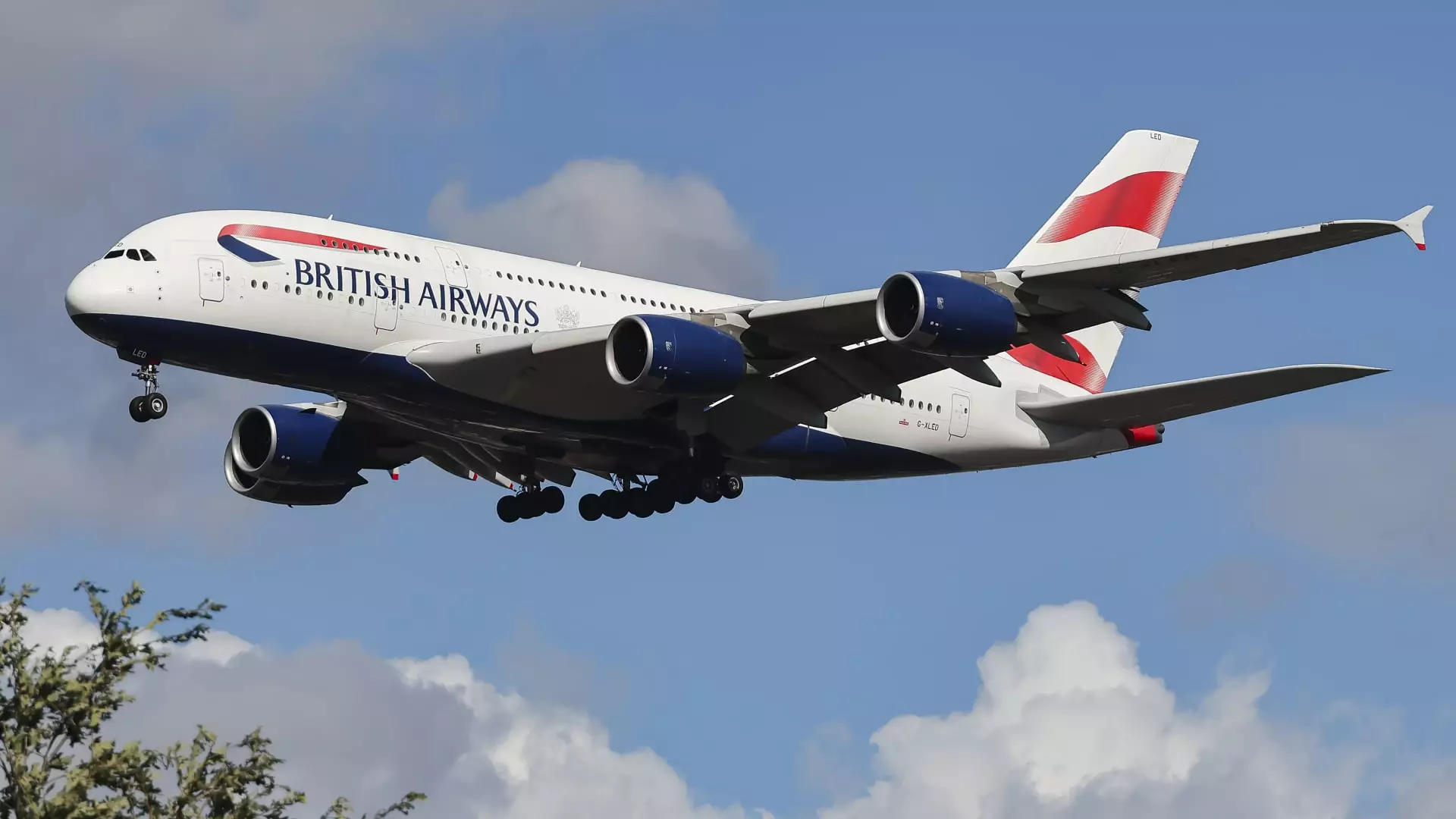The aviation industry is currently experiencing a seismic shift, particularly concerning routes to China. Major global airlines are scaling back services or exiting the Chinese market entirely, prompted by a combination of factors, including increased operational costs and a notable decline in passenger demand. The closure of Russian airspace has forced many airlines to reroute, leading to longer flight paths that, in turn, drive up fuel costs and operational complexities. As airlines grapple with these challenges, it raises important questions about the future of air travel in and out of China and how market dynamics will continue to evolve.
The impact of these changes is evident in the decisions made by airlines such as Virgin Atlantic and Scandinavian Airlines, both of which have pulled out of the Chinese market as of 2022. Virgin Atlantic’s withdrawal from Hong Kong marked the end of a 30-year presence in one of Asia’s financial powerhouses, showcasing the depth of the challenge facing international carriers. Within a mere four months, reports indicate that seven major airlines have retreated from the country, a trend that aviation experts like John Grant have noted will likely escalate before it shows signs of improvement.
British Airways is another example of an airline adjusting to this new reality. The decrease in demand has resulted in a strategic downgrade of aircraft sizes; not only has this been a measure aimed at reducing capacity, but it also subtly allows airlines to maintain a presence on the route maps despite diminished operations. Such recalibrations reflect a broader strategy among international carriers attempting to sustain their market positions while navigating fluctuating demand.
The challenges facing airlines are compounded by the post-Ukraine war landscape. Sanctions imposed by the European Union and the UK resulted in a comprehensive flight ban on Russian aircraft, which led to retaliatory actions by Russia, closing its airspace to the West. Consequently, European airlines found themselves compelled to reroute their journeys to Asia, significantly increasing travel times and fuel needs. In contrast, Chinese airlines have circumvented these obstacles, continuing to operate efficiently and economically due to their exemption from Russian airspace restrictions.
Grant highlights that these longer flights necessitate larger crews, leading to increased costs and operational strain. As flight crews are stretched thinner due to extended working hours, airlines have had to consider how best to mobilize their resources in a financially sustainable manner. This resource reallocation has often involved repurposing aircraft originally designated for China to more lucrative routes, such as those to Cape Town, which offer a much higher load factor than the underperforming Beijing routes.
Amid these developments, demand—or lack thereof—remains a significant hurdle for airlines. With China’s economy struggling, outbound travel has witnessed a decline that critics suggest has limited travelers’ aspirations to visit China. In stark contrast to pre-pandemic levels, where China welcomed approximately 49 million travelers in 2019, the numbers have dwindled to just over 17 million by mid-2023. This disparity underscores the difficulties airlines face not only in attracting international travelers to China but also in meeting the needs of local passengers seeking to travel abroad.
Australian flag carrier Qantas exemplifies this trend of cautious retreat, announcing the cancellation of its Sydney to Shanghai services, citing low demand as a primary reason. While U.S. carriers have been somewhat insulated from the impacts of changing air space, they, too, are making difficult decisions to withdraw from Chinese routes in favor of other lucrative markets. Grant indicates that U.S. airlines are unlikely to expand services in the short term and are instead choosing to maintain a minimal presence in anticipation of a future recovery.
While it is evident that Chinese airlines have been hit hard—recording significant losses in recent years—there is an acknowledgment that a recovery may eventually transpire, albeit at a slower pace. Reports suggest that despite a challenging period, Chinese carriers are ramping up capacity as they strive to reestablish their market foothold. In upcoming seasons, an anticipated 82% of flights between China and Europe will be operated by Chinese carriers, marking a significant increase from pre-pandemic figures.
Moreover, these carriers are intent on showcasing their operational capacity, with plans for eighteen new routes set to launch soon. This aggressive expansion underscores a critical point: as international airlines retreat, there remains a burgeoning opportunity for Chinese airlines to capture the demand that their counterparts are leaving behind.
In summation, the air travel industry’s dynamic landscape continues to evolve around a complex web of geopolitical tensions, demand fluctuations, and strategic reallocations. While the current outlook appears challenging, the efforts of Chinese airlines to exploit these gaps suggest a potential shift in the power dynamics of international air travel, paving the way for a new chapter in the industry.

